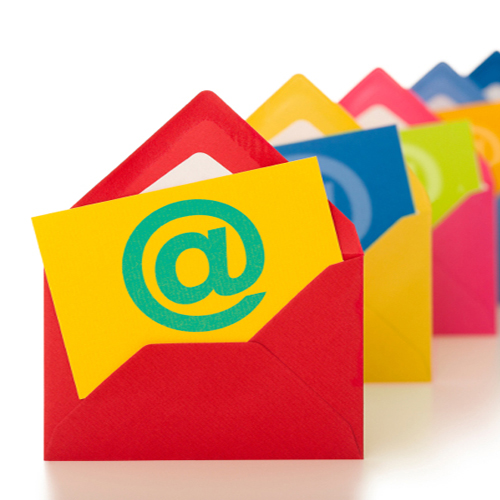A while ago I wrote lengthy list of all of the ways you can grow your email list. As is always the case in marketing though, things change and practices are updated. That being said, I’ve decided to revamp that list and bring you the updated version of how to build your email list in 2016.
Here are the two fundamental rules for giving your list the boost it needs:
- Make signing up irresistible by offering something that your readers really need AND want.
- The ABC rule of email marketing = always be collecting.
1. Making it irresistible
You need to know 2 things to make signing up a necessity. First, you need to know what your readers really want. There might be a difference between what your readers want and what you know they need. Start with giving them what they want, because this way you won’t need to do the additional convincing, and then later on you can deliver what they really need.
To give them what they want, generate a lead collector or lead magnetf in the form a freebie packed with valuable info that you’ll send them in exchange for an email address. This is an absolute must if you want to grow your email list. It’s the rocket that drives signups through the roof. You can separate these things into two groups, primary lead magnets, and content upgrades.
A primary lead magnet lives at the top of your front page. It’s always there, and it is something that’s related to the overall theme of your site. It should be able to motivate someone who wandered onto your page and doesn’t really know your brand or what you write about. A good example of a primary lead magnet is an ebook or a report in one of your main areas of expertise.
A content upgrade is a freebie that is specific to a blog post, and offers additional resource on the topic of the blog post. A good example is a checklist version of the post, a workbook, or a video tutorial on the subject of the post. Because a reader has already invested time in reading your blog post, they are more likely to take one additional step to get even more on the topic, so content upgrades are amazing for growing your email list.
There are so many ways to execute a lead magnet that this topic requires another post that will come later this week.
The second thing you need to know to make signing up irresistible is a little bit of psychology, particularly how FOMO (fear of missing out) works. Throughout your blog / website, consistently make it clear that your email subscribers receive something exclusive, something you never share on your site. You either get itif you’re on the list or you don’t at all. People will immediately feel like they’re missing out, and wouldn’t want to miss the next value-packed email like that.
2. ABC = Always Be Collecting
If you want to grow your email list, you have to always be collecting! There is a plethora of ways and places where you can collect email addresses which was the main focus of the previous list, but for the sake of this post I’ll be mainly focussing on how to collect them specifically from your website.
YOUR WEBSITE
Before we begin, one note: you might think pop-up windows are annoying, but the statistics show that they convert really, really well, given they are done right. So try them out and use efficient A/B testing to find your optimal conversion driver.
Here are ideas for how you can collect email addresses on your website:
Top of your website / ribbon
This is the primary real estate of your website, so put it to good use. You can have a slim bar across the website with smart call to action, or a full-fledged feature box with the image of the freebie you’re offering in addition to smart copy.
Exit behavior pop-ups
A box (with or without the image of a freebie) that will pop-up when readers navigate their mouse towards the top of the window.
Unobtrusive slide-in forms
A little box in the corner of the screen that slides up upon a certain behavior (for example, when the reader is 60% done with the post). Such pop-up doesn’t interfere with readers’ experience as much, and still reminds them that they can get more if they subscribe.
Content upgrades
Content upgrade is packaged information that’s complementary to the blog post, which readers can only get if they sign up. This is genius, because if a reader already invested time in reading your post, they are so much more likely to want to get that additional info (content upgrade). Just make sure it’s an essential addition to your blog post, so that readers can’t resist it.
About Page
About page is another valuable area of your website, so take the opportunity to utilize it for driving leads and converting readers into subscribers.




